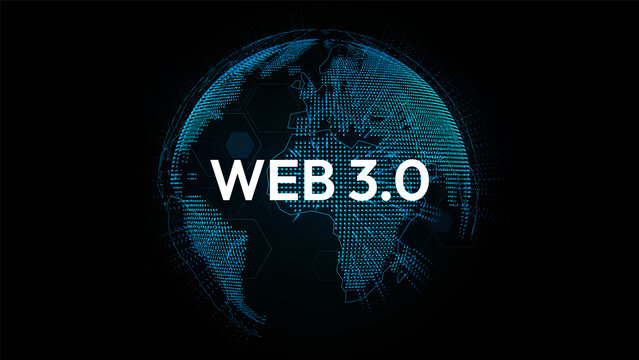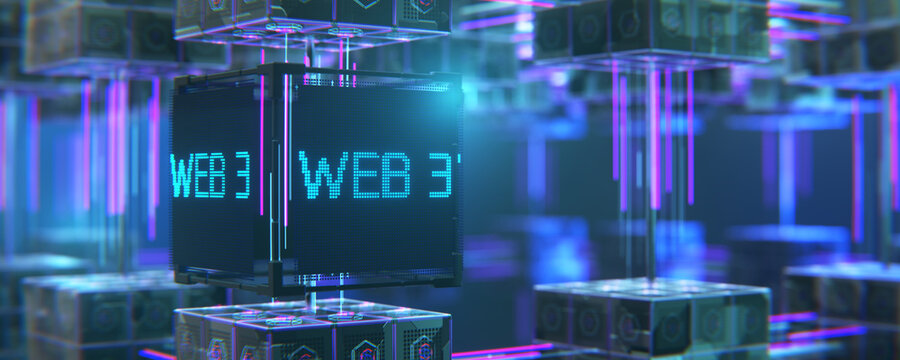Web 3.0 (Web3) technology is the third generation in the evolution of the internet and, as a developing field, it does not yet have a definitive definition. However, a new vision of the internet is emerging with the integration of technologies like blockchain, artificial intelligence, and machine learning. In this article, we will explore the key features, history, working principles, characteristics, use cases, and examples of Web 3.0 applications.
What is Web 3.0?
Web 3.0 is a new evolutionary phase of the internet, characterized by decentralized structures, blockchain technology, artificial intelligence, and semantic web innovations. Web3 represents an internet vision where users have more control over their data, with a focus on security and privacy, and the prevalence of interactive applications.

History of Web Applications
Web 1.0
The Web 1.0 era, beginning in the mid-1990s, represents a period dominated by static web pages. During this time, internet users typically visited websites to obtain information, and the number of interactive applications was quite limited.
Web 2.0
The Web 2.0 era marks a period when the internet became more user-centric and interactive. This era saw the rise of social media platforms, blogs, wikis, and online collaboration tools, where users became more active in content creation and sharing.
Web 3.0
Web 3.0 is characterized by the integration of decentralized structures, smart contracts, and blockchain technology. In this era, internet users will have more control over their data and access to more secure, transparent, and autonomous applications.
Working Principles of Web 3.0 Applications
Web 3.0 applications are built on decentralized structures and blockchain technology. These applications offer an environment where data is stored and processed in a decentralized manner. Smart contracts enable automatic and reliable execution of transactions and ensure that users have full control over their data.
Features of Web 3.0
- Decentralized Structures: Web 3.0 applications have a distributed structure rather than central authorities.
- Blockchain Integration: Blockchain technology ensures secure storage and processing of data.
- Smart Contracts: Smart contracts provide automatic and reliable transaction execution.
- Data Security and Privacy: Web 3.0 applications prioritize data security and privacy, giving users full control over their data.
Use Cases for Web 3.0 Applications
Web 3.0 applications can be used in many different areas. Some of these include:
- Metaverse: Web3 proposes a vision of a fully open, decentralized, interoperable, and open-source metaverse.
- Blockchain: Web3 uses powerful technologies like blockchain to build a different infrastructure for data management.
- DAO: Decentralized Autonomous Organizations (DAOs) become regulatory entities for Web 3.0 applications.
- DeFi: Decentralized Finance (DeFi) is a use case for Web 3.0 applications, where decentralized blockchain is used to enable financial services.
Examples of Web 3.0 Applications
- Siri: Apple’s voice-controlled AI assistant Siri first appeared in the iPhone 4S model and has become smarter over time. Siri uses artificial intelligence and voice recognition technologies to execute complex commands and is a significant component of Web3.
- Wolfram Alpha: Wolfram Alpha is a “computational knowledge engine” that answers questions through direct computation. Unlike a Google search that lists websites, Wolfram Alpha provides detailed analysis and presents information in a more structured way.
- Brave Browser: Brave browser is designed to offer privacy and security to its users. Using Basic Attention Token (BAT), it allows users to control their data, privacy, and advertising preferences. It also has features like integrated VPN and firewall.
Web 3.0 represents a new evolutionary phase of the internet, characterized by decentralized structures, blockchain technology, and artificial intelligence integration. This new internet vision promises a future where users have more control over their data, security and privacy are prioritized, and interactive applications become more widespread. Web 3.0 applications can be used in many different areas and have the potential to fundamentally change the current internet experience. Therefore, being knowledgeable about Web 3.0 and its potential is important for those preparing to step into the digital world of the future.
Web3 Revolution in Trade with Coimex
Meanwhile, Coimex, one of the leading companies in closely following technological advancements, has taken action to leverage the benefits of Web3 technology in the trade sector. In this context, Coimex has introduced the Exim Token and continues to take advantage of the innovations brought by Web3 in every aspect of trade.
https://www.youtube.com/watch?v=p6xC7NYXUfU


Comments are closed.